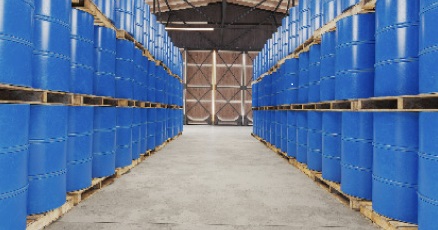Laboratory Waste
Laboratories often contain many different chemicals, solvents, or components that are regulated because of their physical characteristics or inclusion on an EPA list of hazardous materials.Because of the number of containers and waste types, laboratory waste usually requires a lab pack. Lab packs entail the identification, characterization, segmentation, preparation, packaging, labeling, transporting, and disposing of numerous individual containers.
Waste Types

Electronic Waste
Electronic waste may contain hazardous materials such as tritium in commercial exit signs, small amounts of radioactive materials in smoke detectors, lead in CRT displays, and a wide variety of metals and other materials that should be treated and disposed of properly.

Lab Pack Services
Any situation where a variety of materials of different types need to be identified, characterized, segregated, packed, and labeled before transportation and disposal are known as “lab packs.” These specialized projects require exceptional experience and training to be done safely.

Pharmaceutical Waste
Any leftover, unused, or expired medication that is unneeded or unusable is deemed to be pharmaceutical waste. These waste medications can be characterized as hazardous or non- hazardous, depending on their physical and chemical properties and risk to human health.

RCRA Hazardous Waste Disposal
Under federal and state environmental regulations, hazardous waste is defined as any material that is no longer needed or useful and has properties or characteristics that make it dangerous or potentially harmful to human health or the environment.

Damaged, Off-Spec, or Outdated Products
Retail products that are damaged, have unreadable labels, or are otherwise not sellable, are deemed to be waste products under federal and state regulations. These products must be disposed of as hazardous or regulated waste depending on the nature of the ingredients.

Contaminated Soil
Soil becomes contaminated from spills of hazardous or regulated substances or through industrial or agricultural use of the property over time. Underground storage tanks that have leaked are a common cause of soil contamination.
Lead-Contaminated Materials
Examples of lead-contaminated materials are renovation materials from older properties that were painted with lead- containing paint, air filters used at indoor shooting ranges, and soil berms used as backstops in outdoor shooting ranges.

Let’s Get Started
+1 (608) 352-4465
Call or click now to get a quick quote for your hazardous waste removal or hazardous materials treatment and disposal needs.
Our friendly, helpful, land knowledgeable agents are available now to customize your solution.